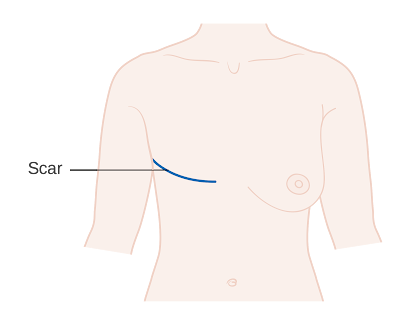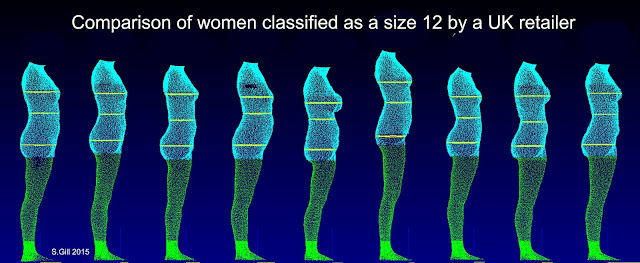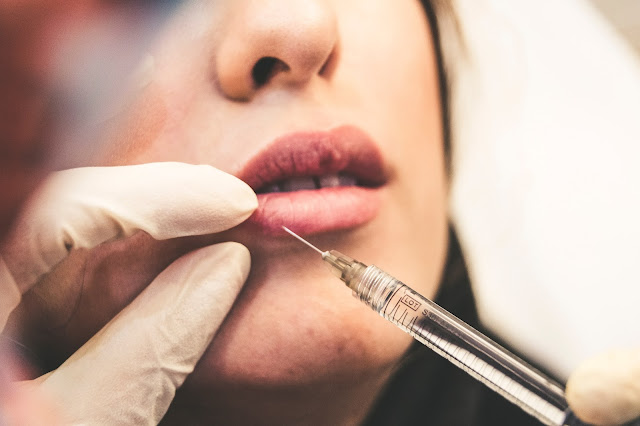Body Image: Understanding Body Dissatisfaction in Men, Women and Children (4th Edition)
I nterest in body image has increased in the last few years, and high-profile initiatives aiming to promote positive body image, such as the Dove ® Be Real Campaign , have highlighted some of the dangers inherent in the cultural idealisation of slender and toned bodies. Body dissatisfaction is important in its own right as a threat to well-being, and also because it is associated with various health-related behaviours, some of which present significant risks. For instance, the twenty-first century has seen a significant increase in cosmetic surgery and use of drugs such as anabolic steroids and ephedrine in men and women who are dissatisfied with their bodies. Indeed, health psychology research suggests that e ven relatively minor body concerns may lead to exercise avoidance, unhealthy eating, inability to quit smoking, and greater incidence of risky UV exposure . By identifying factors that predict dissatisfaction, we may be able to produce useful ideas for encouraging more positive






